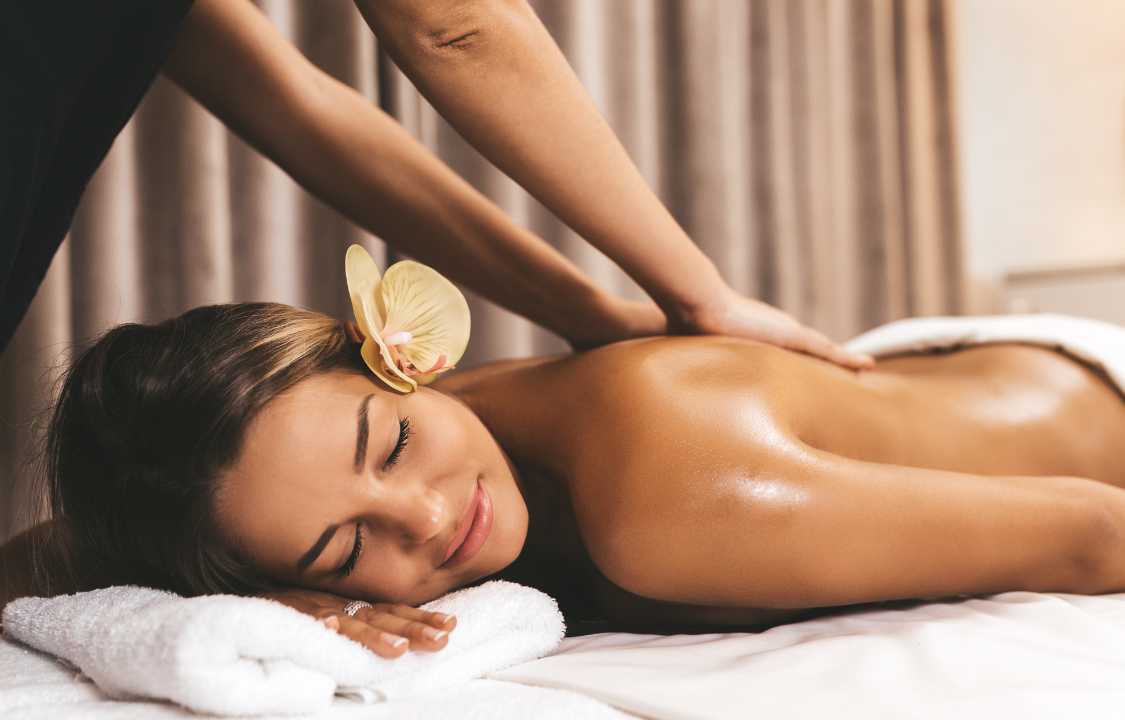Health Benefits, Health Care
Sore Back? Try A Massage
Recovering from a low back pain flare-up can be a gradual process, spanning weeks to months. In conjunction with conventional care, such as anti-inflammatory pain relievers, staying active, undergoing physical therapy, and allowing the body to heal, massage therapy can offer additional relief.
Massage has been shown to alleviate pain and facilitate a quicker return to regular activities. Despite the positive effects, it’s important to consider the cost of massage therapy, and there’s a lack of clarity regarding the most effective type of massage for low back pain.
“Based on research to date, massage therapy generally seems to be helpful when compared with doing nothing, and it tends to be very safe,” notes Peter Wayne, research director of the Osher Center for Integrative Medicine at Harvard-affiliated Brigham and Women’s Hospital. “It’s worth a try.”
Finding the right massage
Selecting the right massage therapy can be challenging due to variations in practitioners’ training and experience, as well as the diversity of available massage techniques. Swedish massage is the most common type, characterized by long, gliding strokes, kneading, friction, rhythmic slapping, and vibration, primarily aimed at relaxation.
Arthur Madore, a licensed massage therapist at the Osher Center, notes that most massage school graduates are proficient in Swedish massage. Besides Swedish, there are various techniques such as deep-tissue, pressure-point, Thai, and neuromuscular massage, each offering unique approaches and benefits. It’s advisable to explore and communicate preferences with the massage therapist to find the most suitable technique for individual needs.
What works?
The most comprehensive studies conducted thus far indicate that massage provides greater relief compared to standard care measures, such as physical therapy or self-help practices like rest, icing, heating pads, and even acupuncture, in the treatment of low back pain. Nonetheless, due to the limited scope of these studies, determining the most effective type of massage for low back pain, as well as the optimal “dosage” and frequency of treatment, remains challenging.
Moreover, massage stands as a viable option for addressing discomfort associated with neck pain, knee or hip pain, headaches, and other issues related to muscles, joints, and connective tissue. It’s worth noting, however, that the research supporting these applications is not as extensive as it is for low back pain.
What to do
To optimize the benefits of massage, consider the following steps:
1. If you have any concerns regarding the potential impact of massage on your back condition, it is advisable to consult with your doctor before proceeding.
2. Seek advice from the massage therapist or a physical therapist regarding your posture, walking habits, and work practices that may be contributing to your pain.
3. Explore the availability of alternative or integrative medicine programs at medical centers in your area. These programs often provide massage services by qualified practitioners, along with other alternative treatments like acupuncture and chiropractic.
4. Seek recommendations from people you know to find a reputable massage therapist. Much like finding a good doctor, positive referrals from others can be indicative of effective practitioners.
5. Verify that the massage practitioner is licensed to practice in your state and holds certification from a reputable national organization such as the American Massage Therapy Association (www.amtamassage.org). Ensuring these qualifications adds an extra layer of assurance to the professionalism and competence of the practitioner.

